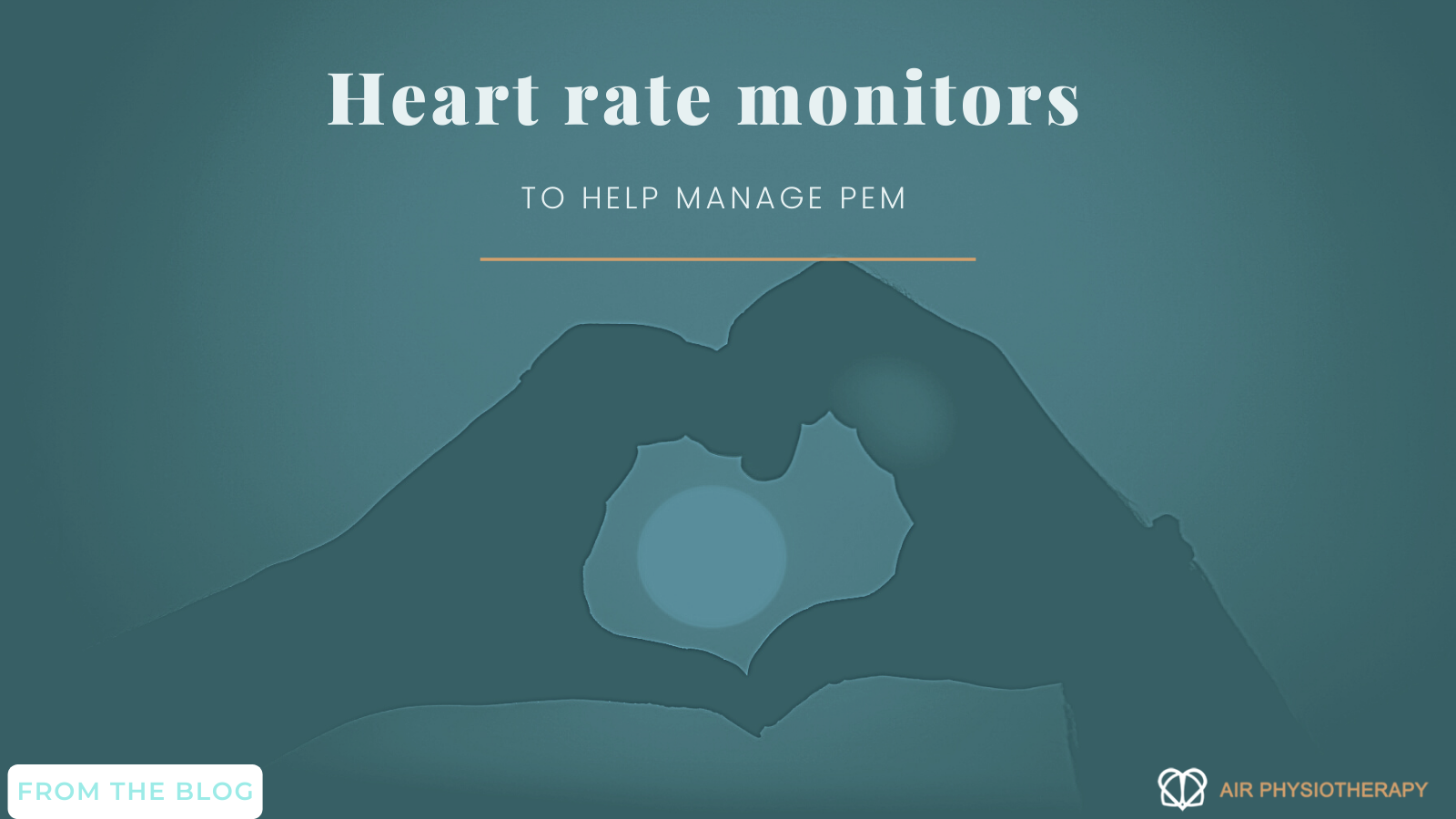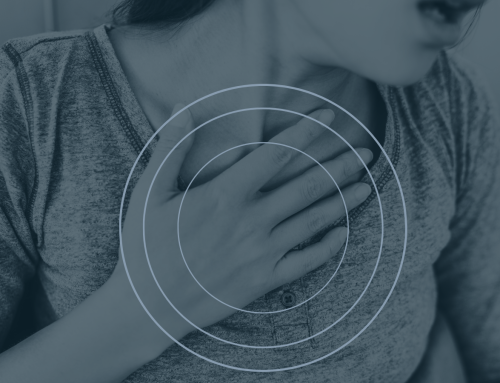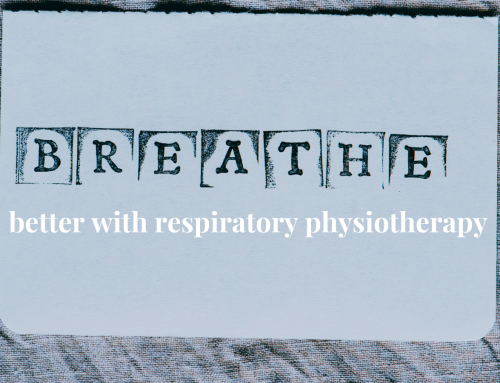In our last blog, we spoke about post exertional malaise, and how important it is to keep your heart rate below your own personal anaerobic threshold as part of your long-COVID recovery. This leads us very neatly onto how best to keep an eye on your heart rate… enter the world of heart rate monitors!
What are heart rate monitors?
They’re personal monitoring devices that allow you to measure or display your heart rate in real time.
The advantage of wearing them as you recover from long-COVID is that most of them have the ability to set a heart rate zone, and then because they continuously track and record heart rate, you can always ensure you remain within the right heart rate zone to prevent post exertional malaise. It can help take away the anxiety of constantly checking your heart rate manually, and is much less time consuming.
We’ve been recommending investing in a heart rate monitor as part of the rehabilitation strategy for our long covid patients so they can self-manage their symptoms. We support patients by establishing your anaerobic threshold so that you know the zone your heart rate needs to remain within to avoid PEM, and the heart rate monitor then helps you maintain this by providing you with the information you need to know when to stop your activity and take a break.
What are your heart rate monitor options?
Heart rate monitors are wearables, either on your wrist or across your chest.
There are a number of different options on the market that cater for most budgets. We’d advise choosing one that has some flexibility in how the zones are set. More basic monitors may have pre-programmed exercise zones based simply on your age, whereas others offer the ability to set your own zones according to your own needs – which will be much more beneficial for your long covid recovery purposes.
Recognise your PEM symptoms
As you’re approaching the point at which your PEM is triggered, you may notice a range of symptoms:
- immediate – difficulty breathing, dizziness, nausea
- short term – joint/muscle pain, headache, brain fog, disturbed sleep
- long term – general decrease in function, weakness, cardiopulmonary and flu-like symptoms
Which of these immediate symptoms do you tend to experience as you approach your anaerobic threshold? Your first immediate symptom plus your heart rate monitor will tell you exactly when you need to stop an activity to prevent a flare up of PEM symptoms. You’ll then find that those more severe short and long term symptoms will begin to resolve over time.
Which heart rate monitor should you choose?
This really comes down to personal preference and budget but we’ve found some useful articles with recommendations that could be a good place to start:
If you’d rather not invest in a wearable, you can also opt to intermittently use a pulse oximeter – this is a device you attach to the end of your finger which will also show your heart rate. The disadvantage of using a pulse oximeter is that it only measures your pulse when it’s on your finger so does not capture the data you need throughout the day.
If you’d like to know more about how we can help with your long covid recovery, click here.





